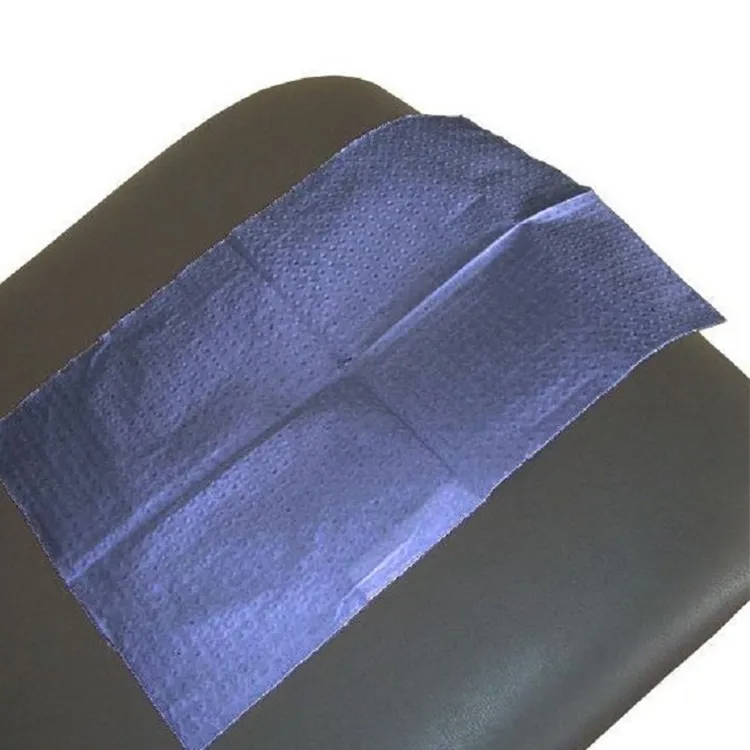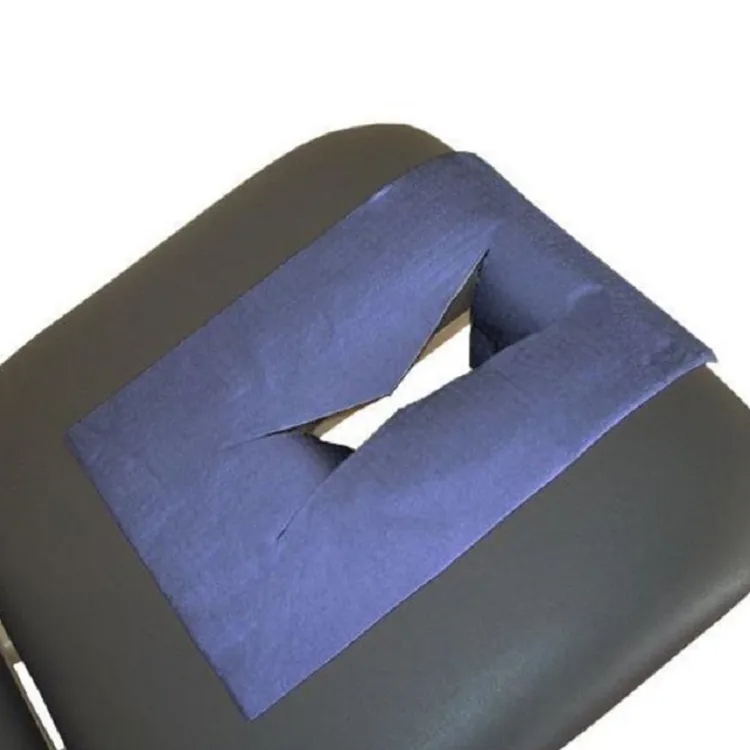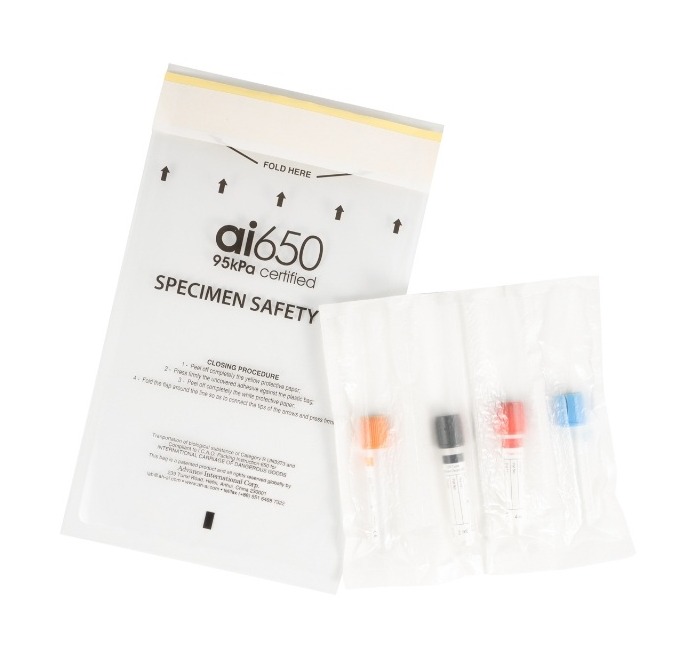Why Silicon Nitride Tubes Are the Future of High-Temperature Applications
In the world of high-performance materials, the demand for solutions that can withstand extreme conditions is ever-growing. From aerospace and automotive to energy and electronics, industries are increasingly relying on materials that can handle not only high stress and pressure but also high temperatures. One such material that has emerged as a game-changer in these applications is silicon nitride. Silicon nitride tubes, in particular, are gaining widespread attention for their remarkable properties that make them ideal for high-temperature environments. But why are these ceramic tubes becoming the material of choice for so many industries?
The Unique Properties of Silicon Nitride
To understand why silicon nitride tubes are poised to be the future of high-temperature applications, it's important to first explore the properties that make silicon nitride a standout material. Silicon nitride is a synthetic ceramic known for its excellent thermal stability, mechanical strength, and resistance to thermal shock. Unlike many metals, which lose their strength at high temperatures, silicon nitride maintains its structural integrity even in extreme heat. This makes it invaluable in environments that regularly experience fluctuations in temperature or prolonged exposure to high heat.
Moreover, silicon nitride possesses exceptional resistance to oxidation, wear, and corrosion. These features make it particularly suitable for demanding applications where other materials might fail. Whether used in hot gas turbines, combustion chambers, or exhaust systems, these tubes can perform effectively in the harshest conditions, ensuring that equipment operates efficiently without compromising reliability.
The Advantages of Silicon Nitride Tubes in High-Temperature Applications
-
Thermal Shock Resistance
One of the primary challenges in high-temperature environments is thermal shock. This occurs when a material experiences a rapid change in temperature, which can lead to cracking or failure. Silicon nitride tubes are particularly resistant to thermal shock due to their low thermal expansion coefficient. This allows them to withstand sudden temperature changes without losing their structural integrity. In industries like aerospace and automotive, where components are constantly subjected to rapid heating and cooling, these tubes can greatly enhance the lifespan of equipment and reduce maintenance needs. -
High-Temperature Strength and Stability
Silicon nitride’s ability to maintain its strength at elevated temperatures makes it an invaluable asset for high-temperature applications. When subjected to high heat, most materials will begin to soften or lose their strength, but silicon nitride remains rigid and strong, even at temperatures exceeding 1,400°C (2,550°F). This makes it ideal for applications such as furnaces, kilns, and engines, where components must maintain their mechanical properties to ensure performance and safety. -
Lightweight Yet Durable
Another benefit of silicon nitride tubes is their lightweight nature. In industries like aerospace, where weight reduction is crucial for improving fuel efficiency and overall performance, the lightweight properties of silicon nitride make it an ideal choice. Despite being lightweight, silicon nitride maintains its durability and strength, making it a more reliable alternative to other high-temperature materials like metals, which are often heavier and more prone to wear and corrosion. -
Chemical Resistance
In addition to its thermal stability, silicon nitride is also highly resistant to chemical degradation. In high-temperature environments, materials are often exposed to corrosive substances like acids, gases, or salts. Silicon nitride tubes, with their inherent chemical resistance, do not degrade easily under these conditions, making them an ideal choice for industries like petrochemical processing and power generation, where harsh chemicals are frequently encountered. -
Enhanced Wear Resistance
Silicon nitride is also known for its exceptional wear resistance. High-temperature environments often involve intense mechanical stress, which can lead to wear and tear on components. Silicon nitride tubes, with their hardness and durability, can resist abrasion and erosion even when subjected to extreme pressure. This makes them particularly beneficial in industrial settings where parts are constantly exposed to friction and wear, such as in turbine blades, industrial pumps, and other rotating equipment.
Applications in High-Temperature Environments
The versatility of silicon nitride tubes extends across a wide range of high-temperature applications. Some key industries where these tubes are proving invaluable include:
-
Aerospace and Defense
In the aerospace industry, components must endure extreme temperatures, from the heat of engine exhaust to the cold of space. Silicon nitride tubes are increasingly being used in turbine engines, heat exchangers, and other high-performance components to improve fuel efficiency and reliability. Their ability to withstand high temperatures without degrading makes them ideal for this demanding sector. -
Automotive Industry
The automotive industry also benefits from the use of silicon nitride tubes, especially in high-performance engines, exhaust systems, and catalytic converters. With the automotive sector’s growing emphasis on improving fuel efficiency and reducing emissions, silicon nitride’s heat resistance and strength make it a key material for cutting-edge engine components. -
Power Generation
Power plants, particularly those that rely on gas turbines or other high-temperature processes, require materials that can operate effectively in extremely hot environments. Silicon nitride tubes are used in various components of gas turbines, such as seals and bearing housings, where they provide thermal stability and durability under high-pressure, high-temperature conditions. -
Semiconductor Manufacturing
Silicon nitride tubes are also valuable in semiconductor manufacturing processes, where they are used in furnaces and other high-temperature equipment to ensure that the manufacturing environment remains stable and precise. Their ability to maintain structural integrity in the presence of extreme heat and potential chemical exposure makes them a key component in producing high-quality semiconductors. -
Energy and Renewable Sources
The energy sector, particularly in the development of advanced renewable technologies like solar power and fuel cells, also benefits from silicon nitride tubes. In these applications, the need for high-temperature resistance and thermal management is crucial. Silicon nitride’s properties make it ideal for use in components that need to operate under high heat while maintaining long-term reliability.
Conclusion
Silicon nitride tubes are increasingly becoming a crucial material in high-temperature applications across a variety of industries. With their remarkable resistance to thermal shock, high-temperature stability, chemical resistance, and mechanical strength, they offer a level of performance that is unmatched by many other materials. As industries continue to push the boundaries of technology and innovation, the demand for materials that can withstand extreme environments will only grow. These tubes are leading the way in providing reliable, durable solutions for high-performance applications, making them the material of the future in high-temperature industries.










